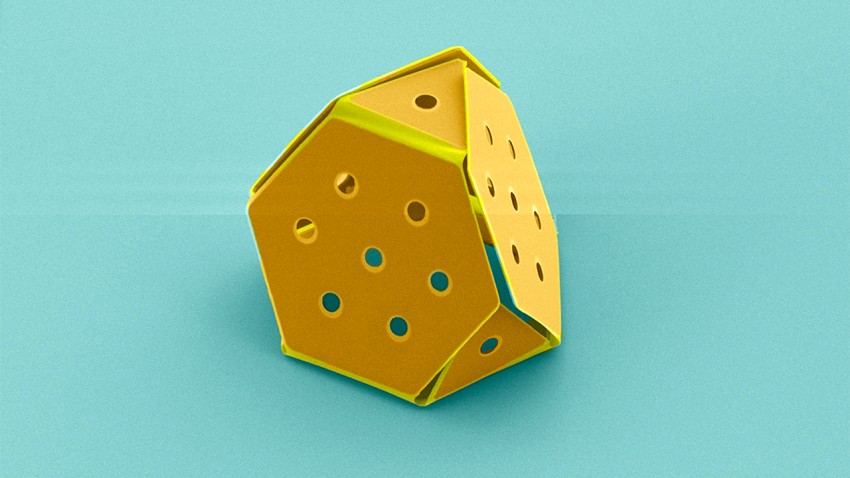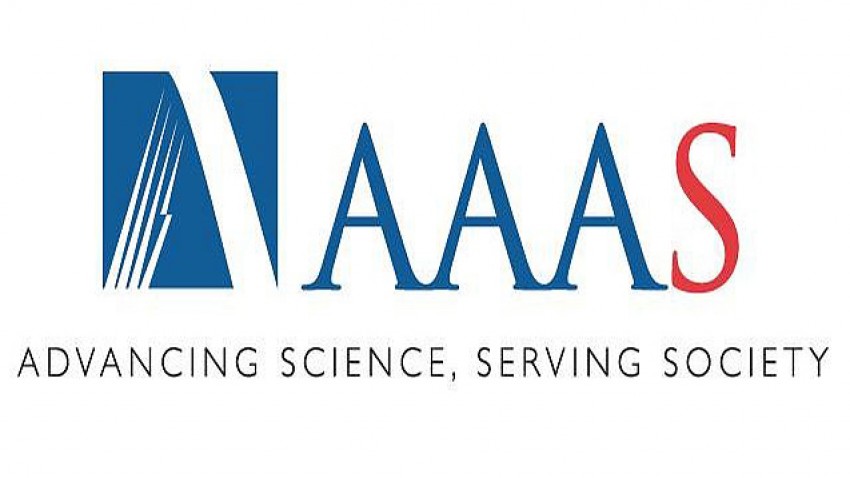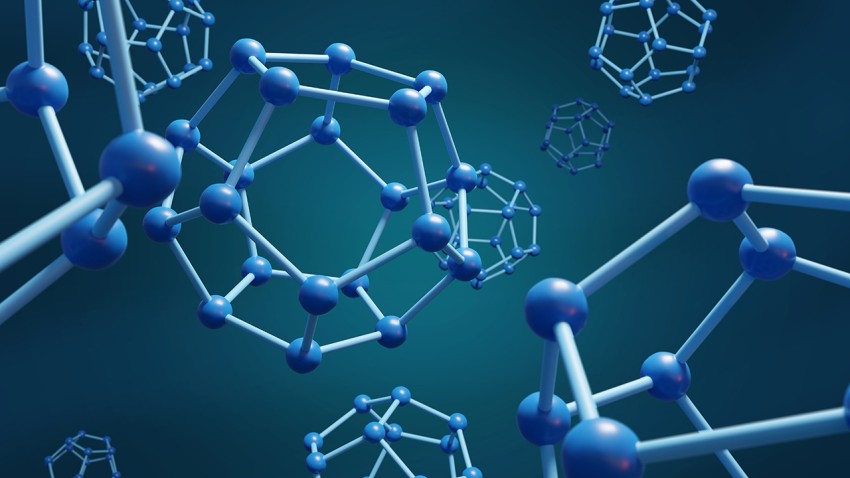Self-folding origami machines powered by chemical reaction
A Cornell-led collaboration harnessed chemical reactions to make microscale origami machines self-fold – freeing them from the liquids in which they usually function, so they can operate in dry... Read more about Self-folding origami machines powered by chemical reaction





